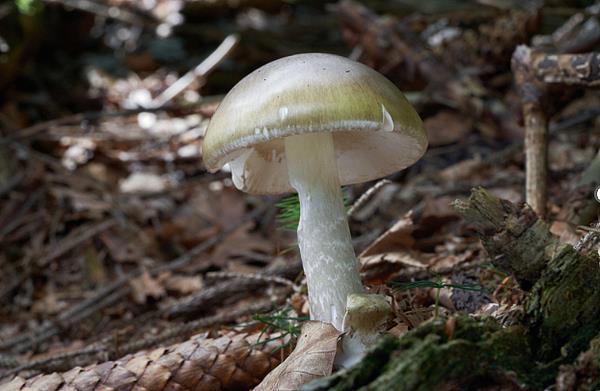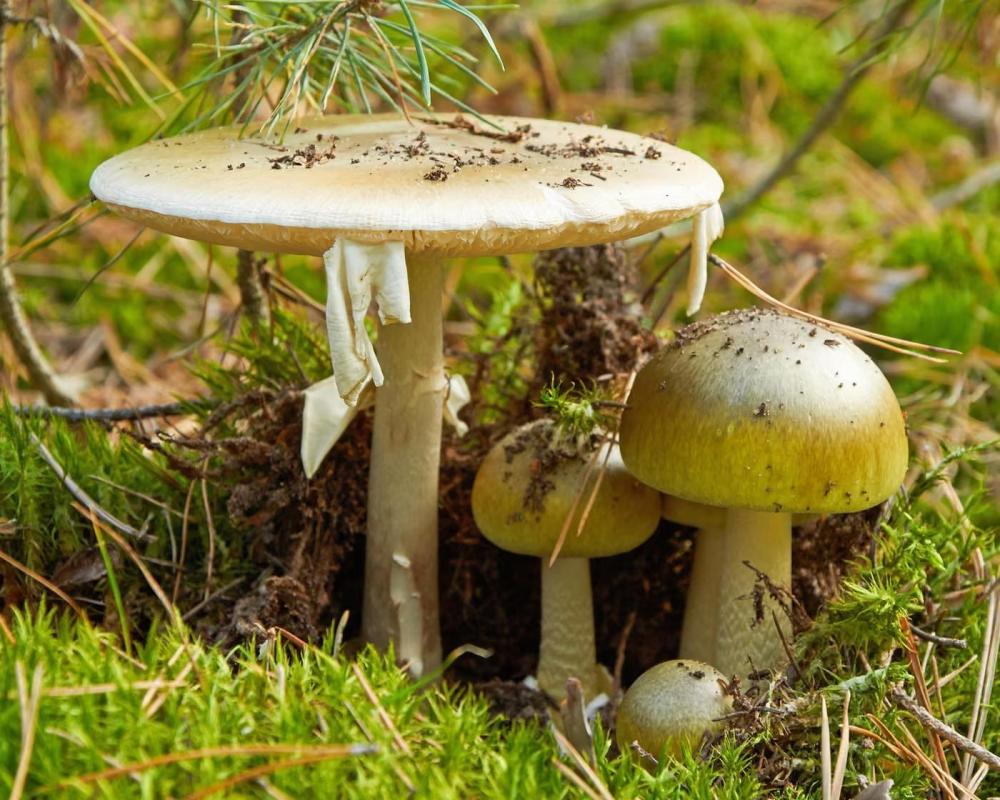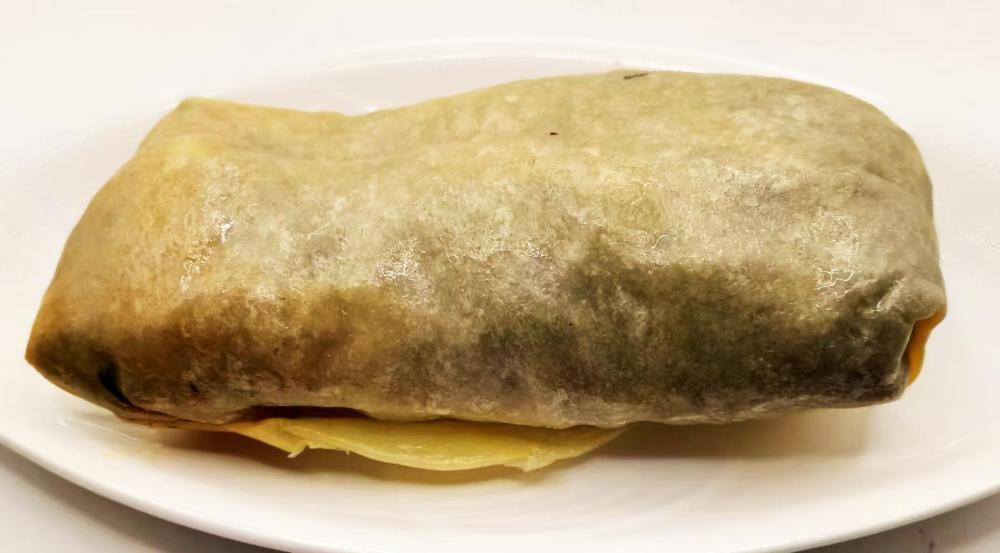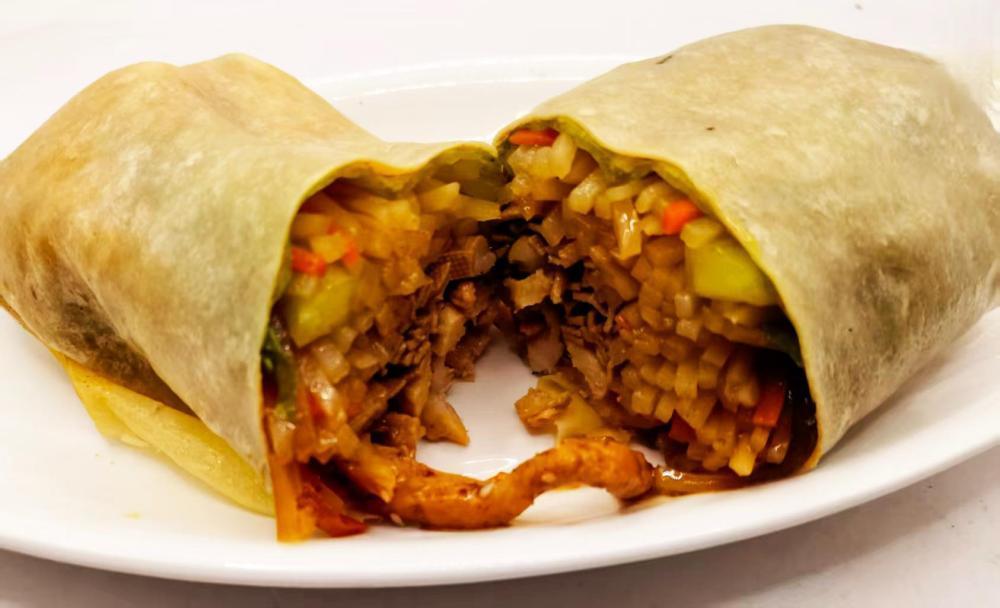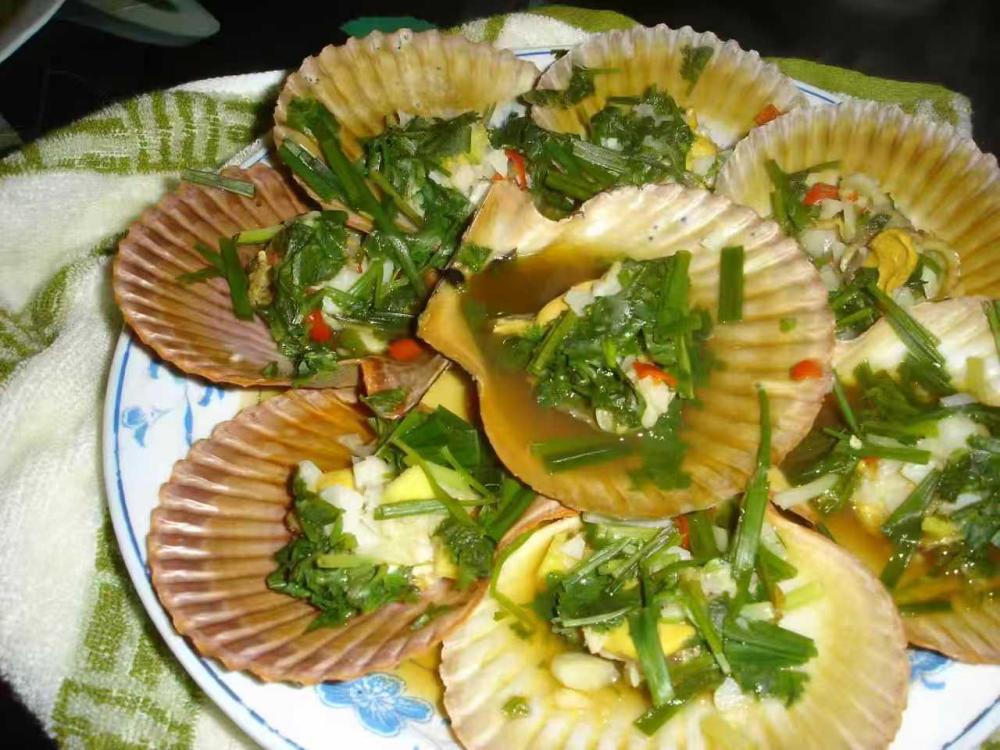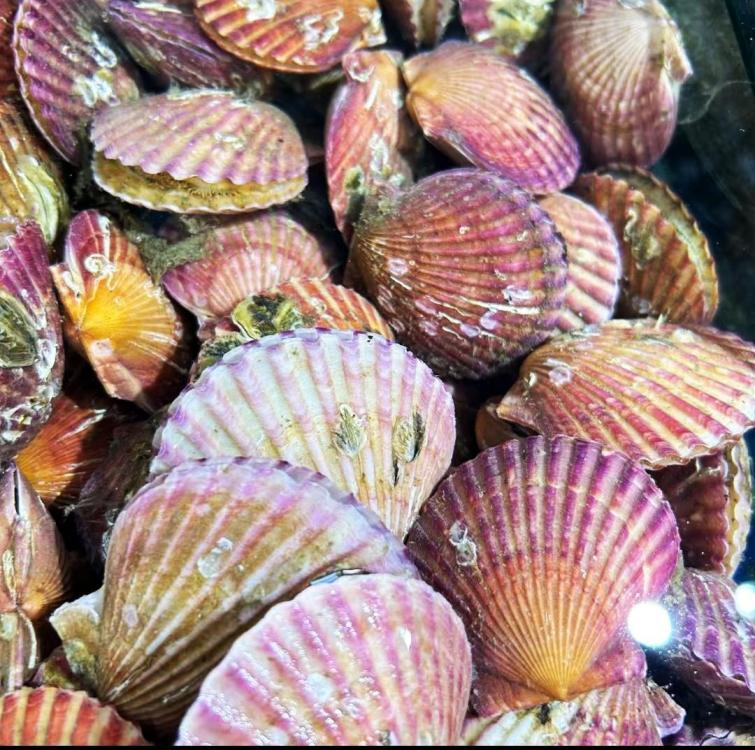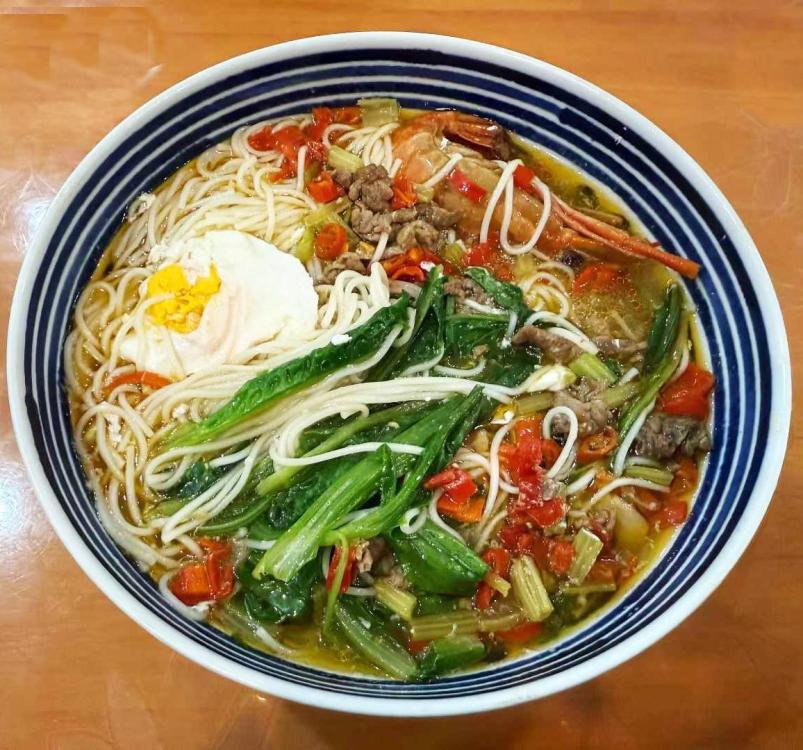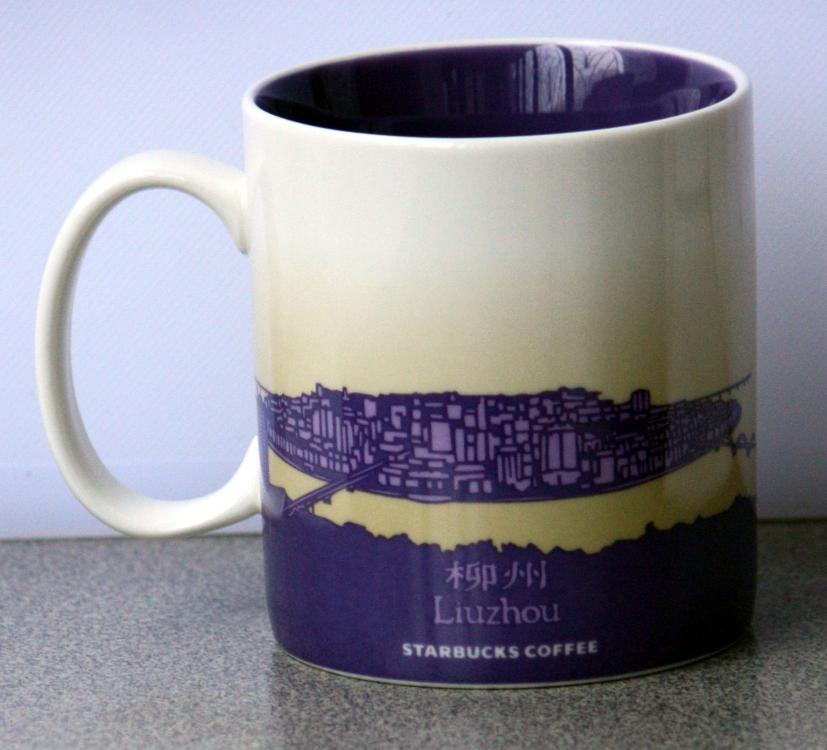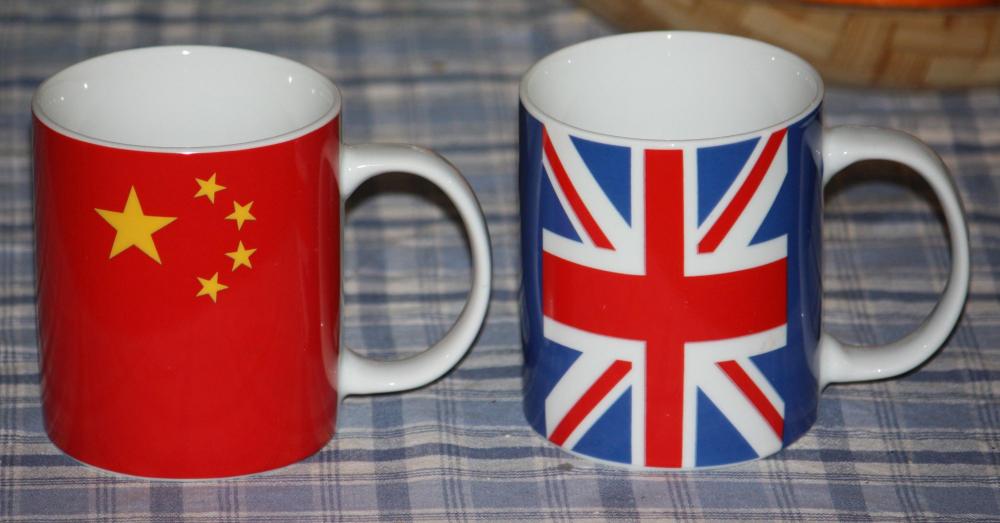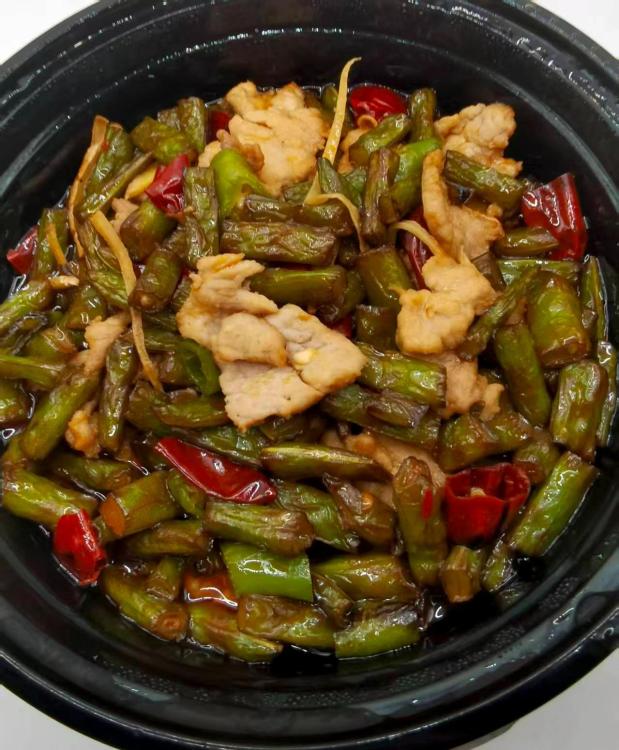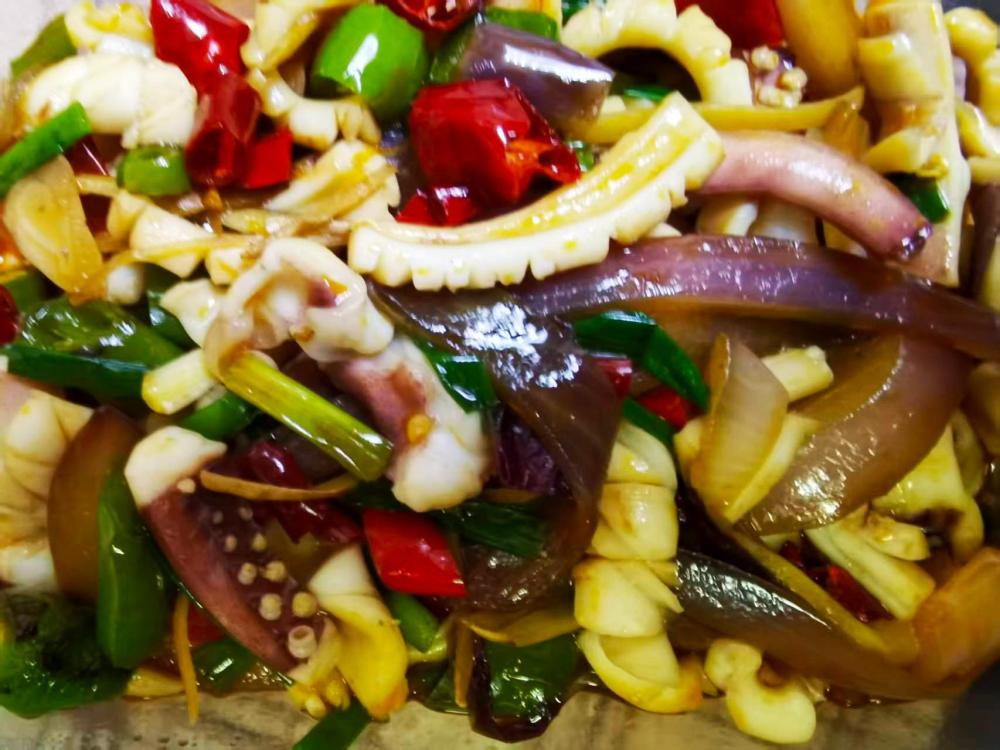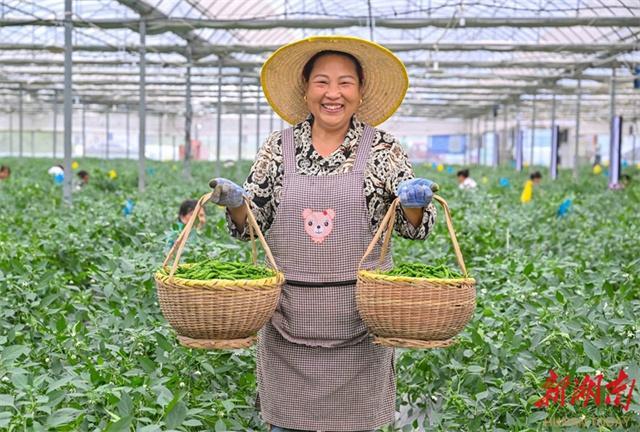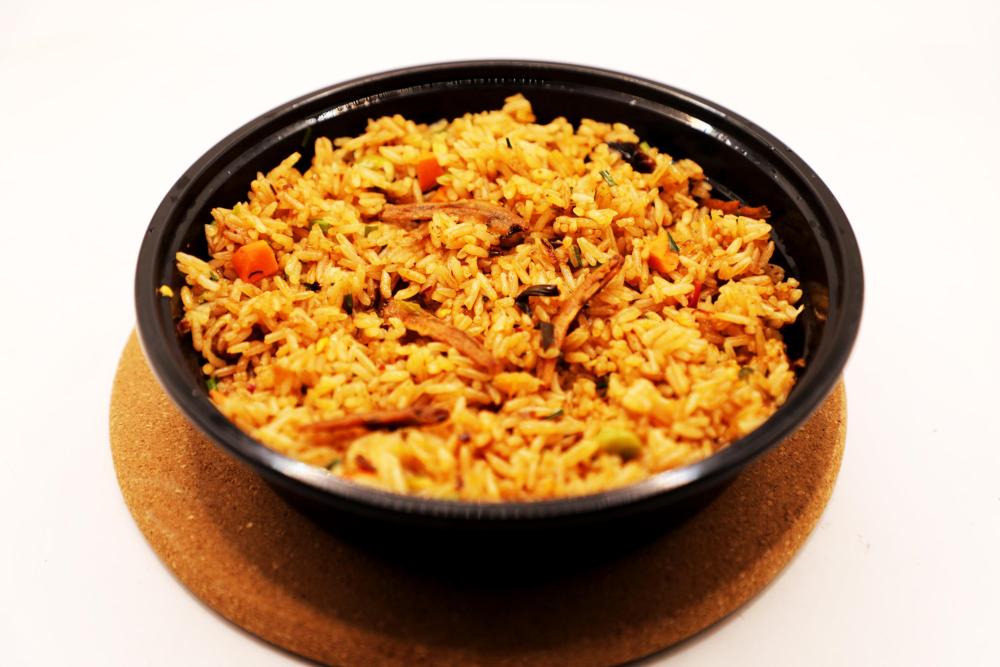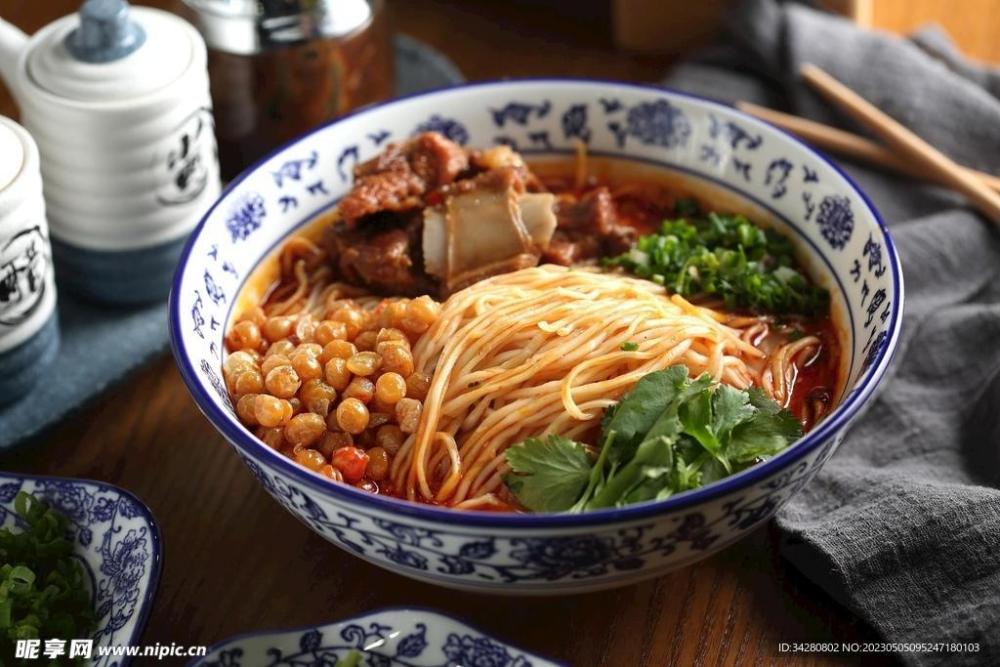-
Posts
16,725 -
Joined
-
Last visited
Content Type
Profiles
Forums
Store
Help Articles
Everything posted by liuzhou
-
This story is spreading. It just came up on Chinese news. Yes they grow here, too. Although native to Europe, they have been introduced widely.
-
Once again, authorities are warning against foraging for mushrooms unless you really know what you're doing. 21 people in California have been poisoned by Amanita phalloides, death cap mushrooms, leading to one death and the others with severe liver damage possibly requiring liver transplants. These are the same mushrooms used in the recent 'mushroom murders' in Australia. Amanita phalloides, death cap mushrooms. Photograph: Vladyslav Siaber/Alamy How many times do people have to be told? California officials warn foragers after person dies from poison mushroom | California | The Guardian
-
There's a take out place near my home which only sells what they call 'wraps' in Chinese, but are identical to burritos but with Chinese fillings. They are larger and fat and come with a large variety of filings, of which my favourite is the the Sichuan chicken and vegetables. I don't know how many they must wrap each day. I've eaten dozens of them (usually about one every week or two). Only once had whose wrapper had split. I ended up eating it with chopsticks.
-
Yeah. 鸡内金 (jī nèi jīn) is another of the ludicrous things that are used in Traditional Chinese Medicine (TCM) for various complaints, with no scientific basis. No culinary value and no medicinal value either.
-
To answer in reverse order, I am lucky that I live in one of China's few provinces with a coast line, namely the Tonkin Gulf beside our border with Vietnam. This means we have an excellent supply of seafood. Few people, if any, cook the scallops at home, though. It's seen as a street food treat. I prefer them simply seared but cooked through. I find the garlic here too aggressive which overpowers their delicate taste.
-
Scallops are very popular here. Known as 扇贝 (shàn bèi), literally, ‘fan shell’. They are usually only found at evening street markets and grilled with garlic and scallions. Not how I prefer them. They are also much smaller than those I ate in Scotland.
-
-
Some no particular name soupy rice noodles with vegetables, pork and a fried egg. Fridge clearance noodles, perhaps
-
A few years ago, for some reason friends started giving me mugs. I'm not sure how it started but I ended up with about 30. Two years ago, I moved house and left most behind. Deliberately, only retaining some few favourites. Here are a few of those.
-
I couldn't disagree more. PDO classification is more than that. It is a guarantee that what you get is what you expect. A specific product made from specified ingredients in a specified manner in a specified place. Without it, it could be anything. I don't know what Champaigne (sic) is. I prefer Champagne.
-
I bought this in the James Joyce museum in Dublin which is located in the Martello tower which is the location of the opening of his masterpiece, Ulysses. "Yes" is the final word of the novel.
-
四季豆炒土猪肉 (sì jì dòu chǎo tǔ zhū ròu), Green bean and organic pork with red and green space chillies. Served with rice.
-
I never use the things. I don't see the point. They're just another thing to wash later. Anyway, I like the the look of wood.
-
Having salmon for dinner? You might want to read this first. ‘Those who eat Chilean salmon cannot imagine how much human blood it carries with it’ | Chile | The Guardian
-
In Hebrew it's פטה (pate), but much milder than the Greek.
-
In Europe (including the UK) and many other countries around the world Feta Cheese is a protected name and can only be made in Greece from sheep's milk or sheep and a maximum of 30% goat's milk. Similar brined cheeses cannot be called feta. Of the major developed countries, only Australia and the USA ignore this. American "feta" is made from cow's milk. But there is a problem. Greece is facing a problem as a disease called sheep and goat pox is spreading throughout its herds and almost half a million animals have had had to be culled, leaving feta makers with little increasingly milk to turn into feta (as Greece normally does with 80% of its total sheep milk. There is more information here. Greek sheep and goat cull raises fears of feta cheese shortage
-
Hmmm. What kind of websites are you frequenting?
-
So, you're looking for a stuffing with no sausage meat, but breadcrumbs. Anything else?
-
Hunan style squid with red and green chilli, onion, garlic scapes, black vinegar, Shaoxing wine. Served with rice.
-
The BBC are reporting that a major snail farm in France has had its entire stock of snails valued at €90,000 (£79,000; $104,000) snatched. French farm has €90,000 worth of escargot snails stolen Now I'm worried that I may get the blame. After all, I live in Liuzhou, China's most snail obsessed city.
- 1 reply
-
- 2
-

-
Here's a bit of an update on these chillies. Hunan Government Website International-enghunan.gov.cn Zhangshugang Pepper Becomes a Thriving Industry in Yueyang
-
Chongqing, 重庆 (chóng qìng) is a major city in south-west China. It is the world’ s largest city by population. Until 1997, it was part of Sichuan province, but was separated by the central government and taken under direct control. Several well known Sichuan dishes originated there. One of their signature street food dishes is 重庆小面 (chóng qìng xiǎo miàn) Chongqing Small Noodles. A simple dish of boiled wheat noodles with some vegetables, pickles, peanuts and seasonings. You can usually then customise this by adding other ingredients of your choice. These consist of meats and beans/peas. Now, inspired by the success of Liuzhou luosifen’s industrialisation, they have begun producing packaged xiao mian to finish at home. Details here. I’m not sure it will reach the level of success they are seeking. I have two reasons. a) the amount of variations are heading for the infinite means they would have to choose just one for mass production. Which one? b) the success of luosifen relied on the dish being impractical and much more expensive to make at home. Its broth alone takes 16 hours simmering. Even more is that authentic luosifen can only really be made here in Liuzhou as it depends on local ingredients, otherwise not available. Xiao mian, on the other hand is easy to make with no unusual ingredients. There are recipes on the internet and Fuchsia Dunlop’s The Food of Sichuan (eG-friendly Amazon.com link) has a good recipe. .
- 1 reply
-
- 3
-

-

-
Chef Skye Gyngell, who pioneered the slow food movement, dies aged 62 | Restaurants | The Guardian
- 1 reply
-
- 2
-

-

-
No. Mine is wired. The wireless ones don't seem to be available here. The corded ones are also more powerful. I too like the mini chopper bowl / food processer, though. This is the model I have, although mine is a deep maroon; not red.



